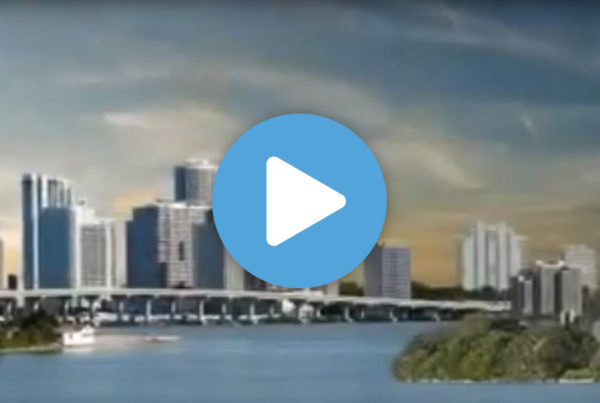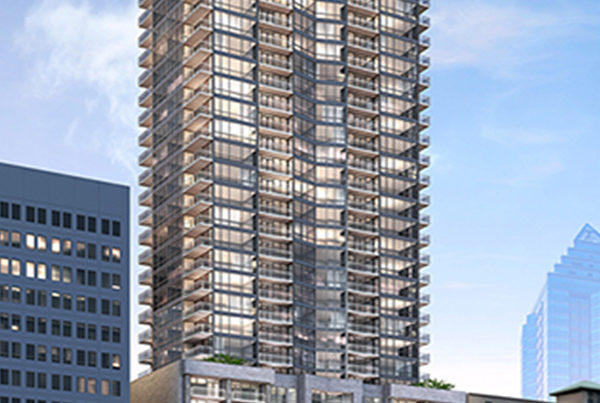With buildings reaching for the sky, downpipes in the drainage systems are becoming increasingly long and loaded. This generates more pressure transients in the systems, putting trap seals protection at risk, which means that new high-rise buildings need to be designed in line with best practices to alleviate pressure transients.
What is the best way to deal with issues around longer downpipes & higher loading inducing more transient pressures and risks of depleting traps?
What are pressure transients?
Pressure transients are very simply the physical communication of a condition at one point in a system to another point. This means that if there is an event at point A, then this information is communicated to point B, some distance away, by means of a pressure wave. The wave moves much faster than the air in which it travels and can move in any direction, not necessarily in the flow direction. In a pipe, the speed at which an air pressure transient travels is the acoustic velocity, 320m/s. Pressure transients can be negative or positive: a negative transient communicates a need for more air and represents a suction force, while a positive transient communicates the need to reduce the air flowing and represents a pushing force.
What causes pressure transients?
A negative transient can be caused by air leaving the system (hence the need for more air). A number of phenomena can cause this call for air:
- A branch pipe filling up with water (full bore flow) causes siphonic action to produce a vacuum into which the water from a trap seal is sucked (self-siphonage).
- The pressure losses associated with water falling down a vertical stack will induce negative transients, which will propagate around the system at the speed of sound. Some of these transients can be of sufficient suction pressure to evacuate water from a trap seal (induced siphonage).
- Any increase in airflow will produce negative air pressure transients in the system as the need for more air is communicated to the termination (where the air comes from)
- Air leaving the system will cause a negative transient (either into the sewer or from any other interface point e.g. the top of the stack).
A positive transient can be caused by the air reaching a closed end (no escape route). Several phenomena can cause this:
- Changes in the water/air flow rate produce positive as well as negative air pressure transients.
- A sudden closure at a system termination, for example a surcharge in the sewer, resulting in a stoppage of the airflow out of the system will cause a positive pressure wave to be produced and propagate throughout the system.
- A blockage or major clog in the system.
How do pressure transients put trap seals protection at risk? Why does it matter?
A negative transient will attempt to suck water out of a water trap seal. The pressure may not be sufficient to completely evacuate the water in one go, but the effect can be cumulative, leading in the end to trap seal depletion.
Positive air pressure transients cause air to be forced through the water seal from the sewer side to the habitable space, potentially pushing the water out of the trap seal.
If the water trap seals are not protected, smells and disease can enter into the living environment. Since it’s the only barrier between the drainage system and the living and/or working space, it is critical that the water trap seal is maintained at all times. This protects the occupants of the building from the potentially harmful gases and pathogens within the drainage system.
Of course, all buildings, regardless of whether they are low-rise or high-rise, need correct drainage ventilation to allow the essential water trap seals to be maintained. But in high-rise and complex drainage systems there is additional stress placed on the water trap seals due to the increased loads into the system, and the distances of the relief of the pressure regime are greater in time and distance in taller buildings.
Solutions
Download technical papers
- Air Pressure transients in drainage systems
– Longer relief times in higher buildings - High-rise design practice and codes for drainage and ventilation systems
– In line with research or not? - Purpose of a High-Rise Drainage and Ventilation system
– The fundamentals - Requirements for a well-designed high-rise drainage system
– Crucial in the safety and comfort for inhabitants - Water Trap Seal
– How it keeps inhabitants safe from sewer pathogens
Subscribe to our newsletter
Latest news

The Studor Single Pipe System in Action


